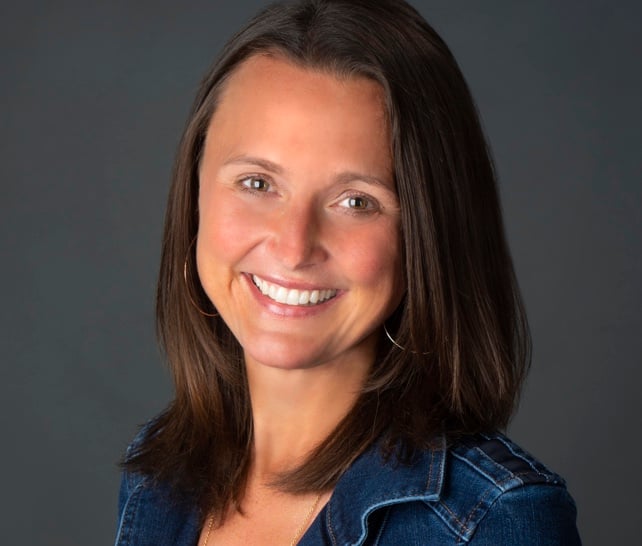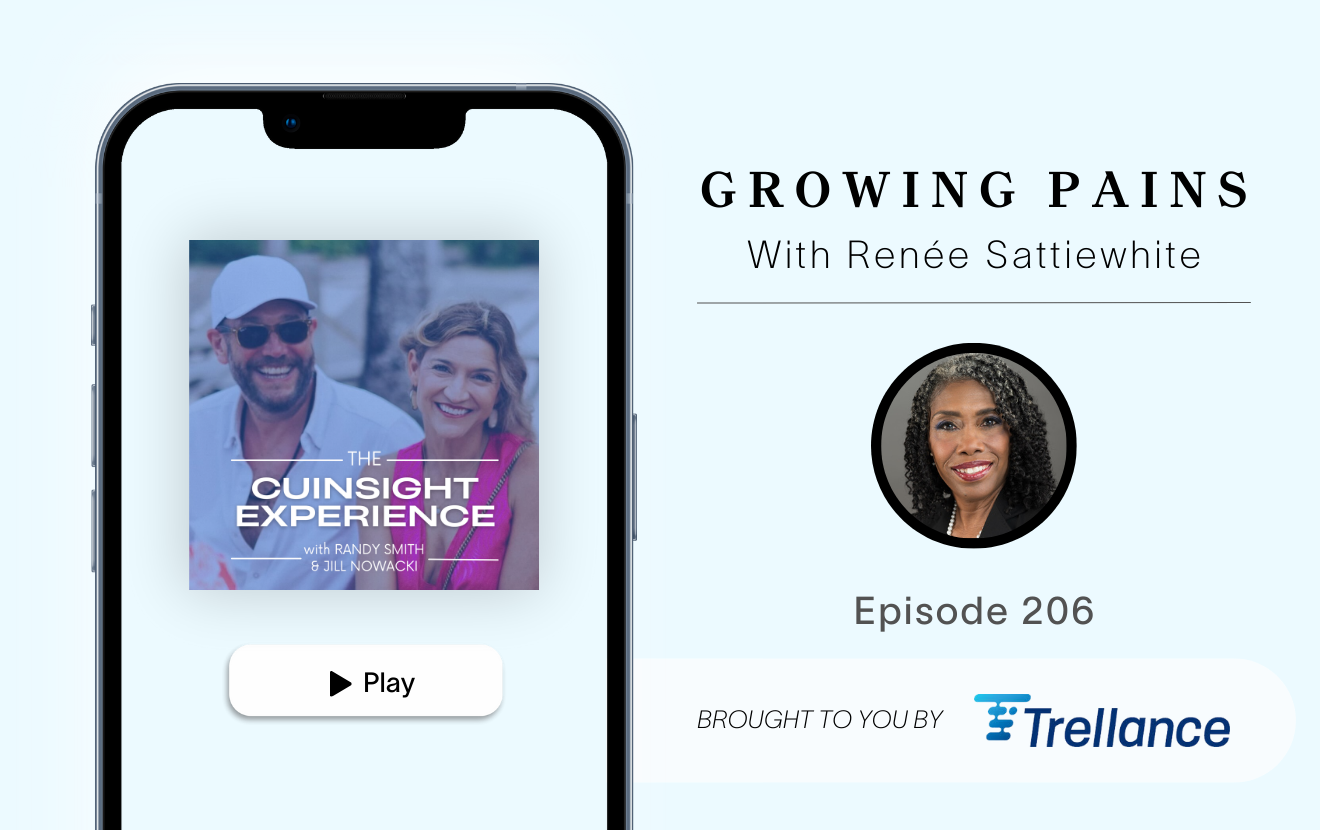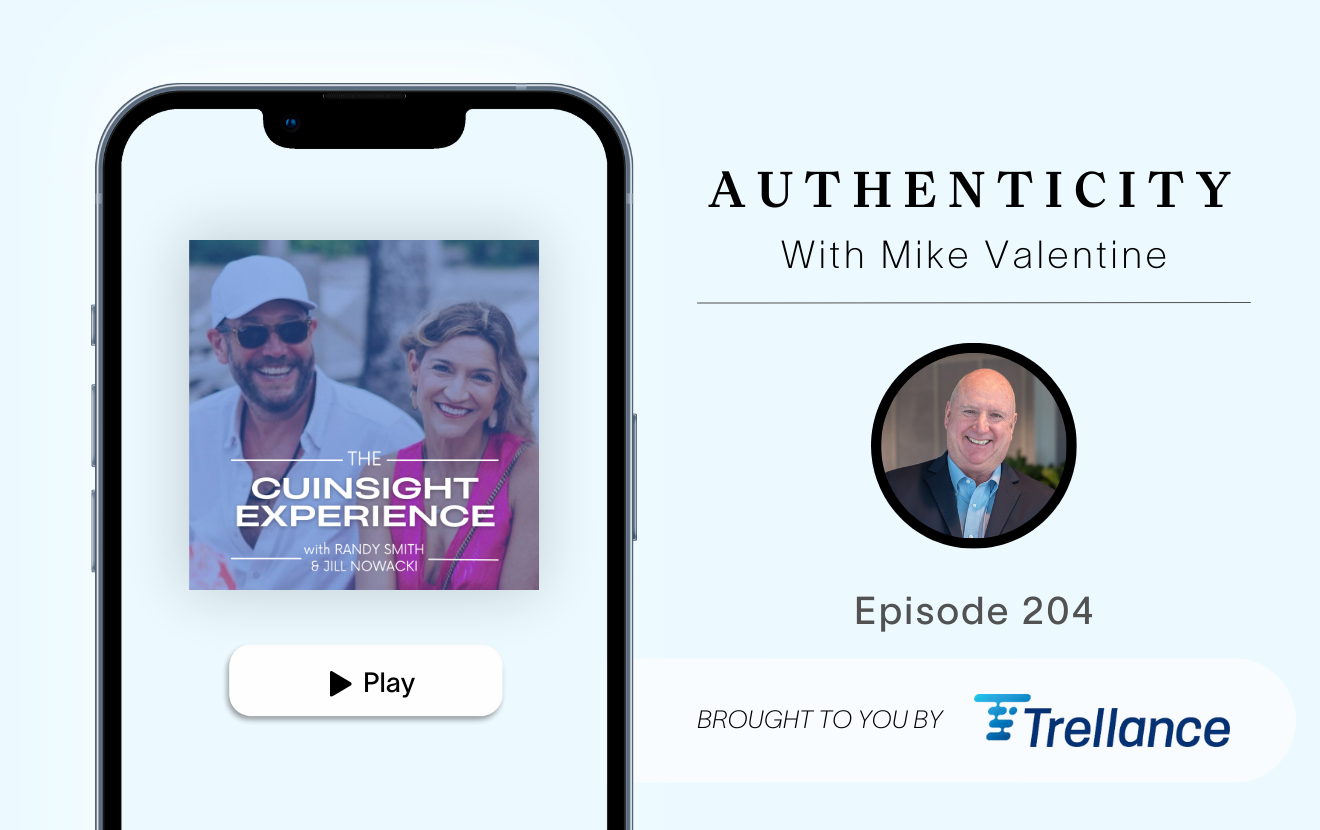I love the movies. I relish great storytelling and suspending my disbelief to immerse in another world. Now that she’s getting a bit older, my daughter MacKenzie and I have created a joint hobby of finding films that we may both enjoy. Our collective choices are sometimes restricted to ensure the movie will not leave her with nightmares or looping imagery she may never forget. Recently, as we scrolled through our options, she enthusiastically pleaded to see, “Dolittle.”
If you haven’t seen the movie, you’ve likely heard of the original children’s series written by Hugh Lofting, or seen or heard one of the many adaptations for radio, stage or film. The basic premise is that Dr. Dolittle was a physician who learned to speak to animals. His special relationships allowed him to care for and protect creatures from around the world.
MacKenzie and I made our reservations and found our way to our comfy reclining seats at a local theater. We delighted as the previews played and we made plans to see a few more movies. As the previews ended, my mind raced as I thought about all the many things that I could have been doing with the two hours in front of me. This movie was not necessarily my first choice.
Despite my reservations, as the film started, and we were introduced to the many animals that Dr. Dolittle befriends, I was intrigued. Dr. Dolittle’s host of animal pals, all possessed very different strengths and personal growth opportunities. We watched the characters race through the many obstacles you might anticipate the cast facing. There were life-saving challenges, nasty villains, faulty equipment, internal turmoil, and time constraints. The diverse group overcame these difficulties together. It occurred to me that each animal’s unique traits and capabilities combined with Dr. Dolittle’s strengths, made the positive outcomes possible.
Polynesia, known as Polly, a macaw, provides counsel and direction to Dr. Dolittle. Yoshi, a constantly cold polar bear brings strength and a cheerful approach to their adventures. Dab-dab the duck, while forgetful, faces each challenge with joy. The gorilla, Chee-Chee, cares deeply and pushes himself despite his fears. The ostrich, Plimpton plays the pessimist who despite having doubts, jumps in to assist. Jip the dog shines as a loyal and committed friend. Dr. Dolittle himself has a full heart for animals, adventure, and brings together a team that can help other animals and humans.
I was struck by the implications for our credit union movement. Most of us are striving to build the best teams possible and win the war for talent. As this playful children’s movie demonstrates, creating diverse teams drives stronger long-term impact. In, Harvard Business Review’s work, “How Diversity Can Drive Innovation,” Hewlett, Marshall, and Sherbin studied, “two kinds of diversity: inherent and acquired. Inherent diversity involves traits you are born with, such as gender, ethnicity, and sexual orientation. Acquired diversity involves traits you gain from experience: Working in another country can help you appreciate cultural differences, for example, while selling to female consumers can give you gender smarts.” The authors share that organizations can exhibit “two-dimensional diversity” when their leaders show, “at least three inherent and three acquired diversity traits.”
The study goes on to show that employees in organizations with two-dimensional diversity are 45% likelier to report year-over-year market share growth and are 70% likelier to report that the firm captured a new market. Simply put, growing diverse teams makes good business sense. If you are a leader, now is the time to embrace your inner Dr. Dolittle. I’m not asking you to speak to animals. I am inviting you to consider how you can create an even stronger team by bringing together diverse people who can manifest even more positive change.
Here are five ways to get started:
- Consider both acquired and inherent diversity and assess how your team could be stronger with exposure from new team members.What gaps exist today across your team? How close are you to having three inherent and three acquired diversity traits? Staring down the face of technology challenges, member-experience demands, regulatory pressures, cyber-security fears, scaling concerns, the war for talent, and relevance issues, it’s very easy to focus on subject matter expertise only. As our organizations become increasingly complex, that expertise only grows more critical. Yet, subject matter expertise is not enough. We must build diverse teams. Taking it a step further, we should aim to combine that diversity and subject matter expertise with a mindset for collaboration and openness. At Canvas, in response to both our Great Place to Work feedback and our annual employee survey, we have recently formed two “squads” with the mission of improving two opportunity areas identified through feedback on both surveys. Our commitment whenever we listen, is also to act. As we formed the squads, we invited people from different functional areas and with differing views to join forces, review our employee feedback, and propose new ideas for our credit union to be even stronger. We find working groups, like our squads, are most successful when those participating represent both acquired and inherent diversity.
- Set expectations and standards for how diverse teams can work well together.Recently, I had the opportunity to see a job posting that Visa created for a Senior Director, North America Product Innovation. I am always curious about how other organizations share their employer brand story and as I read the description, I came to something inspiring. The posting said that they are looking for a “SWAN – someone who is smart, works hard, ambitious and nice.” We know that with diverse people, we will have disparate views. At Canvas, we want that. We also want to maintain our unique culture. Ensuring people know how to engage when they see problems and challenges differently helps ensure stronger outcomes.
- Create time and space for relationships to grow.Relationships must be nurtured. While we have business outcomes we must drive, in order for a group of diverse individuals to have the foundation to grow into a cohesive and highly functional team, they must have time and space to enjoy fellowship. In this fast-paced world, making this time can sometimes feel like a, “nice to have.” The best leaders know that this is a critical investment in long-term positive results. Engagement builds a cushion of caring. This cushion helps when small disagreements occur. It gives us a reason to listen more closely and find alignment instead of jumping to negative conclusions. One thing Todd Marksberry, Canvas’ CEO, models well is creating that time and space for relationships to flourish. He frequently makes time for fellowship with our board, leadership team, and entire Canvas family. He does the same with external stakeholders and fellow credit union leaders.
- Build trust by inviting each person’s “delightfully offbeat” nature to shine. At Canvas, we talk about how we want people to bring their whole selves to work. We embrace what makes each of us unique and different. For example, I love the Dave Matthews Band. I get up at 3:50 AM most mornings. I have a boisterous laugh. In some organizations those unique parts of me might be things I’d be asked to quiet while at work. The more your organization can invite people to be fully who they are, the more trusted they will be. This trust will help create space for different viewpoints to be shared, heard, and understood.
- Celebrate diverse group wins. As you work to create a more diverse team, share successes regularly. When groups with different backgrounds, views, and ideas come together to create positive change for your credit union, elevate both the process and the outcomes. Tell the stories of how people with divergent perspectives shared their thoughts respectfully and came to even stronger conclusions together. After you’ve shared the story, invite others to do the same. People listen when you tell great stories and they repeat behavior they see being celebrated. One of Canvas’ big wins for 2019 was implementing a new intranet, our iCan. As we have shared how the iCan came to life, what has been fun to highlight is just how many people with differing views made it possible. From our first discovery efforts, we started with hearing the voices of our family members to best understand their pain points and needs. All the way through implementation and execution, it was truly cross-functional. That made the final product stronger. You see the pride people across Canvas have for our iCan because so many were a part of making it a reality.
Credit unions have many gifts to give today’s consumers and today’s workforce. Imagine a time when people are graduating from university begging to come work for a credit union. We can make that dream a reality. When our teams become more diverse, in both acquired and inherent ways, we will more effectively create a path for vibrant and successful organizations and become a team celebrated, just like Dr. Dolittle’s friends as they met all the challenges that seemed insurmountable.







